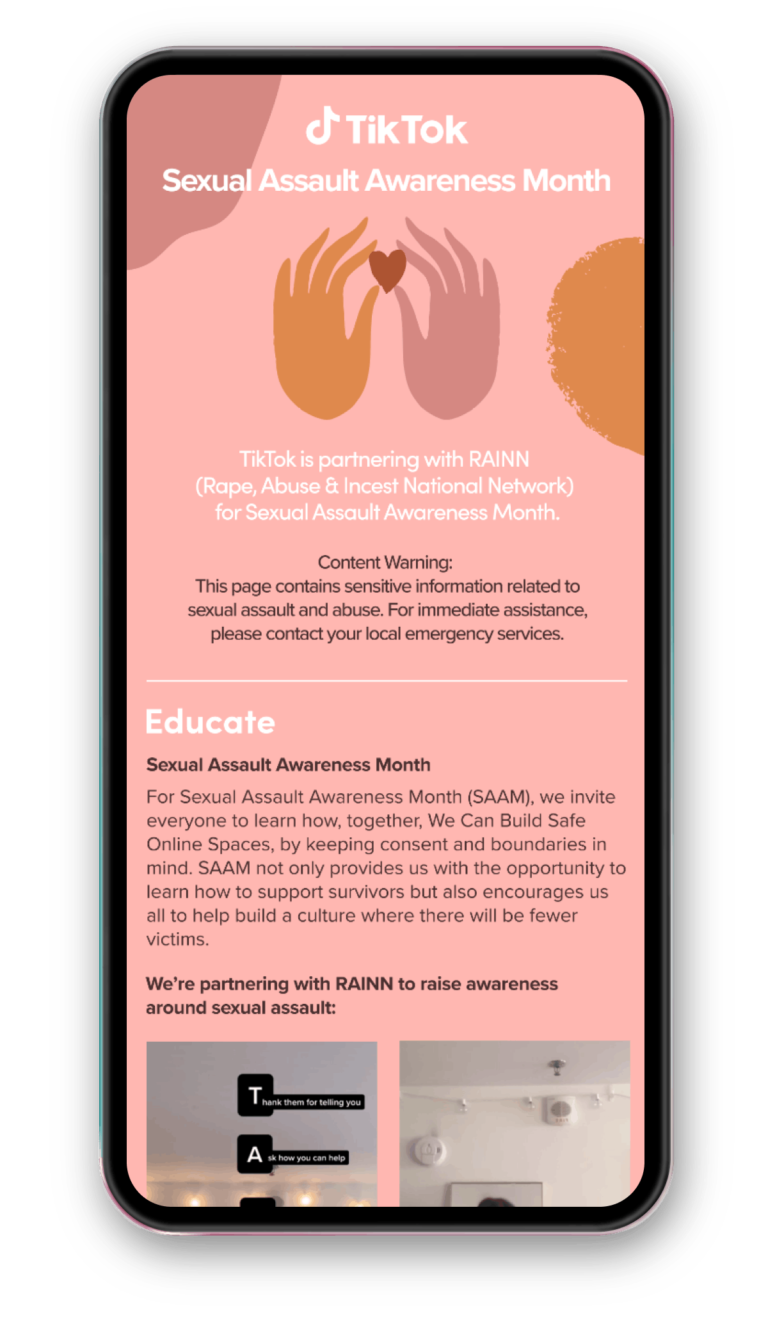
Christopher Baldwin, VP of Marketing at Insider:
“Fundamentally though, we still seem to have a really long way to go in getting the basics right. In particular there’s not enough designing for when things go wrong – a pandemic has shown us that. Increasingly it’s being recognised that the way to great CX is not just a shiny, easy-to-use interface for customers, but proper service design attending to the employee experience – if systems aren’t joined up well this can be biggest impact on the CX, particularly when things go wrong.”
Jim Longo, Chief Strategy Officer and Co-Founder of Discuss.io:
Meeting customers where they are (and getting the basics right)
“The language of the analysts is starting to align, and the future of digital experience is becoming clearer. Terms such as composability and orchestration have been adopted readily by everyone who writes or talks about the digital experience. Developers should set specific expectations at each step of the process to ensure that users seamlessly integrate technology between channels, and as a result, deliver consistent CX.”
“An identity graph also helps with personalisation strategies and tactics. New technologies, like CDPs, offer real-time connections making insights available and actionable for enhanced personalisation, but they rely on a brand’s ability to have a connected data set.”
“…brands and their marketers will continue to learn, trial and error, iteratively in what’s now clearly a ‘learning-through-doing’ and always-on era. I think – hope – that in December 2022 we won’t be reflecting so much on technical innovation, but instead on how communications specialists have managed to imbue technology with a more human touch. We want to be celebrating how tech has been moulded around human traits in support of customer confidence. If we’re celebrating how advertising and marketing made interactive technology more useable it might just help us create our way through the bleak economic forecasts for 2022!”
Paul O’Higgins, Creative Director EMEA, VidMob:
Products designed for everyone
“A key thing is that the experience needs pushing to where you are. Our expectations have gone up in this regard – we expect services to be delivered to where we are, when we’re there – in essence ‘you become the address’. For example, doctors now come to where you are via phone or video call. You don’t have to go to a bike shop to get a bike repaired – they’ll come to your bike.
“A focus on strong CX will bring about more interest in customer closeness programs that have the power to build empathy, as organizations seek to further educate themselves on consumers’ lifestyles, wants and needs. The methods used to obtain empathy will also continue to evolve, with better tools to extract insights in real time and on demand.”
‘Composability’ and ‘orchestration’ in pursuit of consistent CX
We asked the experts…
“Creating better CX starts at the data and technology layer, where you can understand people across touchpoints. Foundational to the data and technology layer is the first-party identity graph, which ensures brands understand and recognise people across their journeys, no matter where the interaction takes place.
Steffan Aquarone, CEO of Paygora:
Empowering customer service
We’ve had some clues in 2021 – sustainability, inclusion, privacy, user-centricity, video, automation, empathy and trust. How will these play out in customer experience over the next 12 months?
We’ve had some clues in 2021 – sustainability, inclusion, privacy, user-centricity, video, automation, empathy and trust. How will these play out in customer experience over the next 12 months?
“Positivity and empowerment are set to be the watchwords for 2022. Reimagining the sales experience to ease consumer anxiety and providing extended sales, in addition to positively illuminating what can be thought of as difficult topics (e.g. mental health, sexual health, body image), will all help appeal and empower customers. The goal for brands has to be a truly frictionless and honest experience, where customers have no reason to be upset and lasting relationships are forged.”
“As the need for qualitative feedback directly from consumers increases, CX and VOC tools will rise in importance. This will become critical as organisations need new windows into people’s experiences. Supply chain disruptions and labour shortages have led to unmet customer expectations, and fewer brick-and-mortar experiences means more work needs to be done in CX and UX.”
“Tactics such as 360-degree video can help make the visual experience of ‘customer experience’ a much richer, and more immediate one, even without VR glasses. Brands will need to improve their engagement game as customers start to expect visual experiences in their brand interactions.
“With WCAG 3.0 on the horizon, a growing awareness of marginalised communities brought to the forefront by Black Lives Matter, #MeToo, #A11y and a TikTok Generation Z ever more focused on inclusion, there is a growing (and rightful) expectation that digital products can be used by everyone and meet their needs.”
Customers expect visual experiences
Danny Bluestone, Cyber-Duck
“2021 saw unprecedented extreme weather events, from rain on the Polar ice sheets to record freeze in southern USA. Climate change is here. The UN COP26’s Glasgow Climate Pact pledged to reduce carbon emissions by 45% by 2030 compared to 2010 levels. With digital emissions now greater than the aviation industry and growing exponentially, digital has to become more sustainable, and fast. Today’s average web page is a staggering 364.7% heavier than it was in 2010, every single extra byte gobbling up energy and raising emissions. Digital sustainability is no longer an option.
“From the customer’s perspective, they are living increasingly busy lives and want shopping to be as quick and convenient as possible. Autonomous retail is the next frontier in retail, as it allows users to go into a store, pick up anything they want and leave. In addition, autonomous stores won’t just benefit customers and businesses, but also the retail staff employed in these stores, who are not currently working to their full potential, or performing value added tasks where they can truly interact with customers. Changing the role of retail workers will add great value to the customer shopping experience and help make the transition into this future of retail much easier for consumers and businesses alike.”
Building trust with transparent data collection
Chad Engelgau, CEO of Acxiom:
What is in store for CX and UX in 2022?
“Among other things, autonomous store technology can keep track of stock in real time, making inventory management much simpler and more accurate for retailers. As a result, this mitigates the risk of a customer coming all the way to a store only to find out that the product they want is out of stock. Retailers are already recognising the need to embrace the latest technology to amplify the shopping experience and build brand loyalty. As such we will see the momentum continue to build in 2022, as more retailers look to give their stores an autonomous make-over.
Connected datasets make for meaningful experiences
“Issues will include how to empower customer service operatives with enough information and agency to solve problems, how to ensure customers can be served on the channels they choose rather than needing to be re-routed, and how to manage the ebbs and flows of volume demands with a substantial proportion of people still working from home.”
Diana Morato, Chief Growth Officer, Sensei:
For more on what’s on the horizon for 2022, don’t miss Econsultancy’s upcoming briefing, Digital Marketing and Ecommerce Trends For 2022 on 26th January at 3pm GMT/10am EST. Register your place now!
“Qualitative market research functions will integrate with customer and user experience teams. CX teams can no longer solely rely on consumers’ quantitative data to inform product delivery and other decisions. As qualitative research further supports innovation at more stages of the product life cycle, the voice of the customer (VOC) will become essential in informing how to improve their experiences.





![[Infographic] 21 Things You Didn’t Know About Search Ads](https://research-institute.org/wp-content/uploads/2022/08/infographic-21-things-you-didnt-know-about-search-ads.png)
